Reportar esta entrada
Más sobre la misma comunidad-colección
Escuela secundaria Cathedral -1997
Farewell to the class of Cathedral High El Paso Texas yearook ...
Escuela secundaria Cathedral - Corte de bienvenida - 2006 - El Paso, Texas
The 2006 homecoming court: Joseph Torres, Frank Rayas, William ...
Tradición irlandesa de Cathedral - Tradición - 2006
Homecoming week at Cathedral High in El Paso, Texas is started ...
James J Carter II Veteranos de la Segunda Guerra Mundial
History of blacks who served in World War 2 still living in El ...
Cruz Barrios de Cazares e hijas - El Paso, Texas
Cruz, esposa de Felipe Cazares, mather of Carlota, Altagracia ...
Felipe Cazares con otros revolucionarios
Felipe Cazares, third from the right, great grandfather of Jorge ...
LeighD y Nathaniel la siguiente generación de ninos del valle
Our valley babies keeping the valley proud and pushing us ...
Propuesta de matrimonio en Wyler Aerial Tramway en las montañas Franklin
My favorite view of El Paso. Proposal on Wyler Aerial Tramway at ...
Escuela primaria St. Patrick's Cathedral - 1956
St. Patrick's Cathedral Elementary School El Paso Texas 1956
La primaria Cathedral de St. Patrick's - 1980 - Stella Marie Cordova
Stella Marie Cordova S.L. - Principal of Saint Patrick's ...
Primaria de la Catedral de St. Patrick's - 1980
St. Patrick's Cathedral Elementary El Paso, Texas- 1980 ...
Alumnos antiguos de la secundaria Cathedral 1963
Stephen J. Ross serving as a lector for Mass at Lourdes ...
Antiguos alumnos de la secundaria Cathedral - Dan Haggerty y M. John Ross- 2002
Cathedral High Alumni - Dan Haggerty - with M. John Ross grad - ...
La secundaria Cathedral - M. John Ross y hermano Mel - 2002
Cathedral High School - M. John Ross with Brother Alphonse ...

















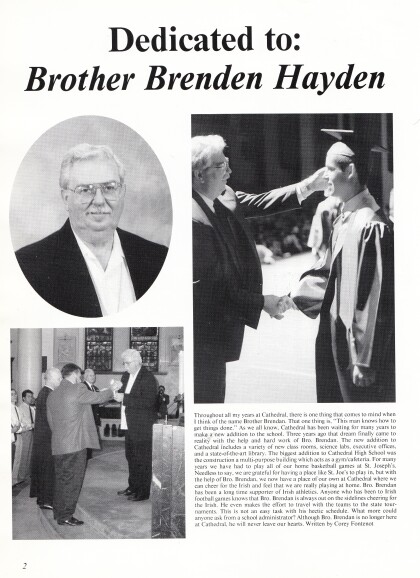
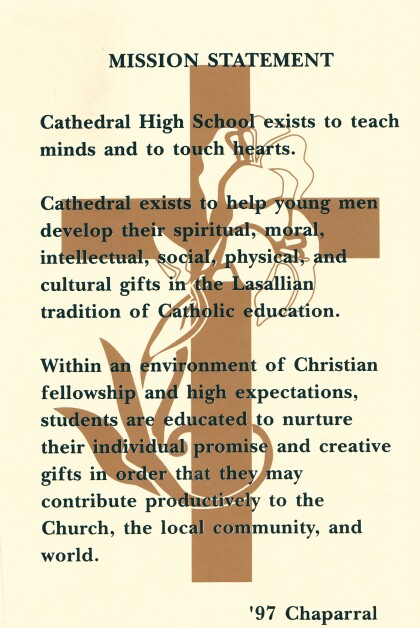
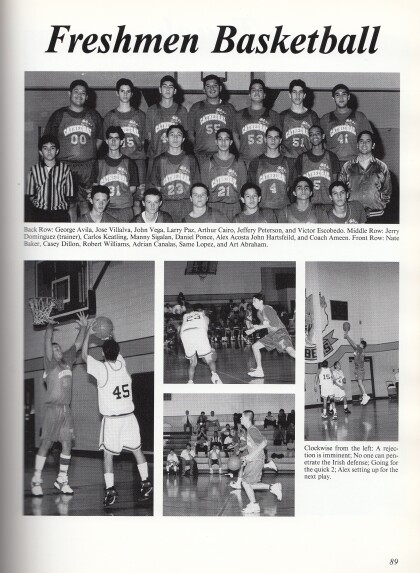
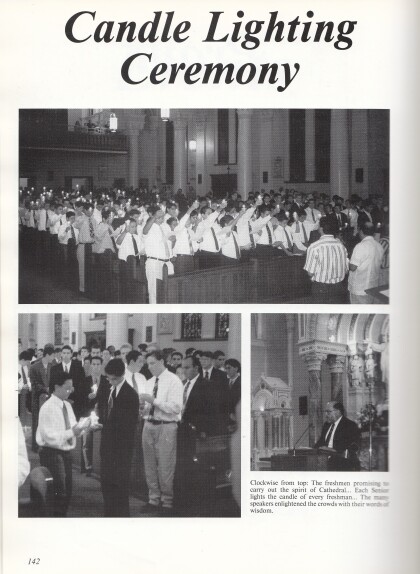
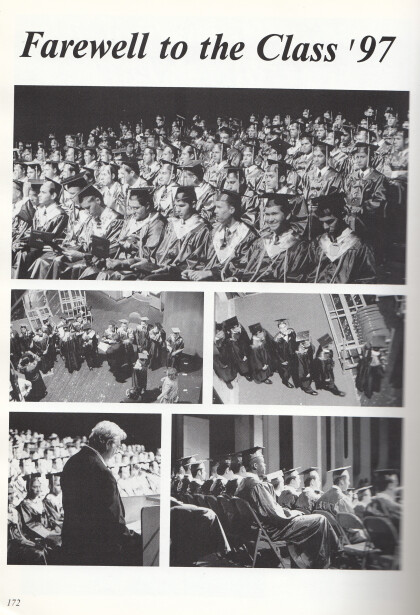
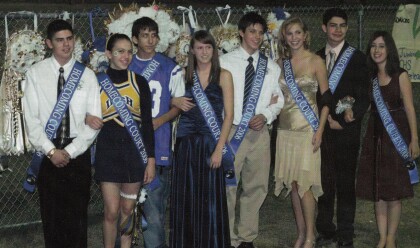
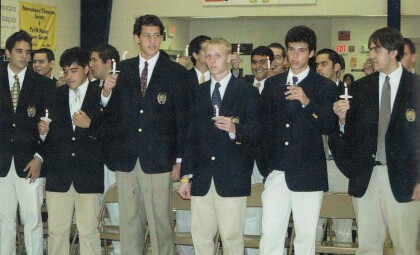
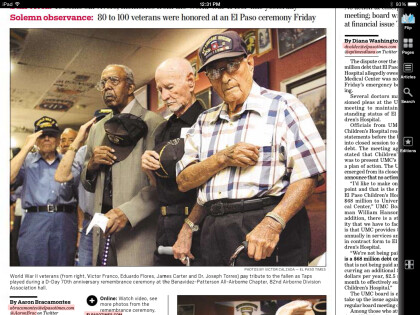
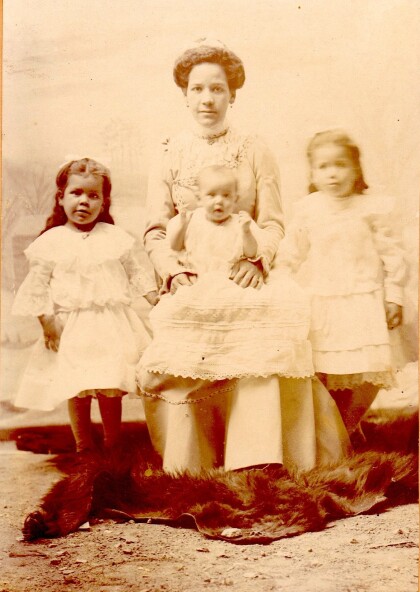
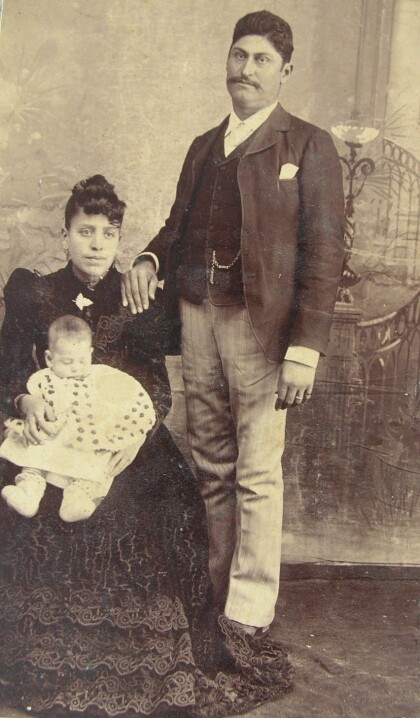
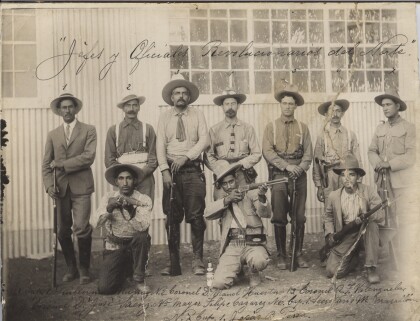
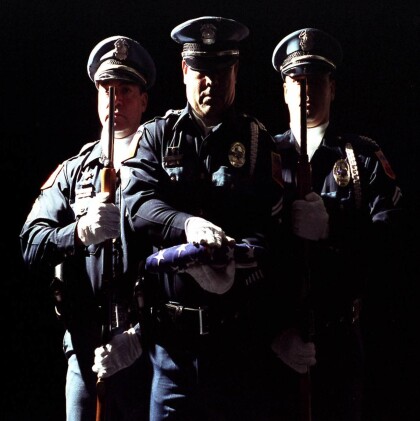


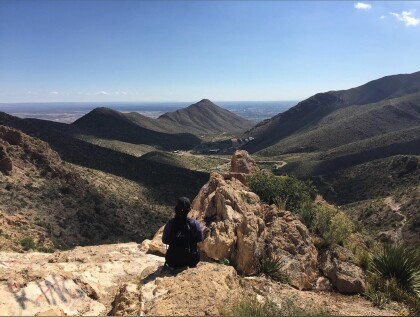
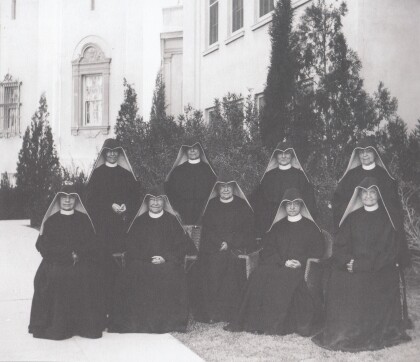
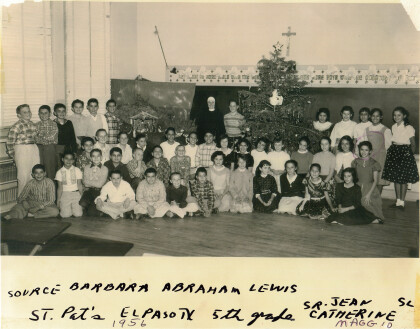


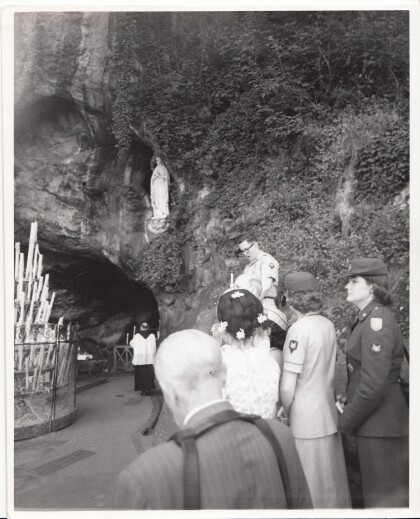
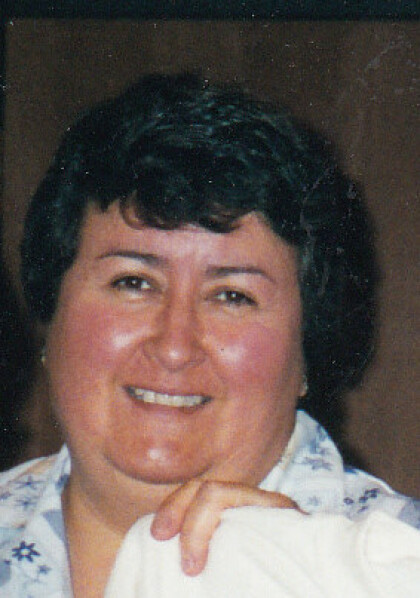
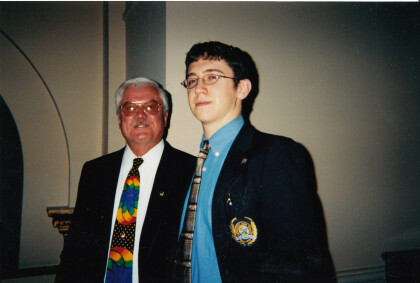
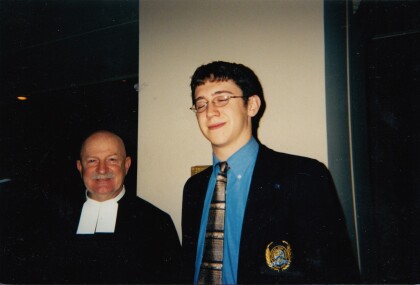
Comentarios
Hacer un comentario